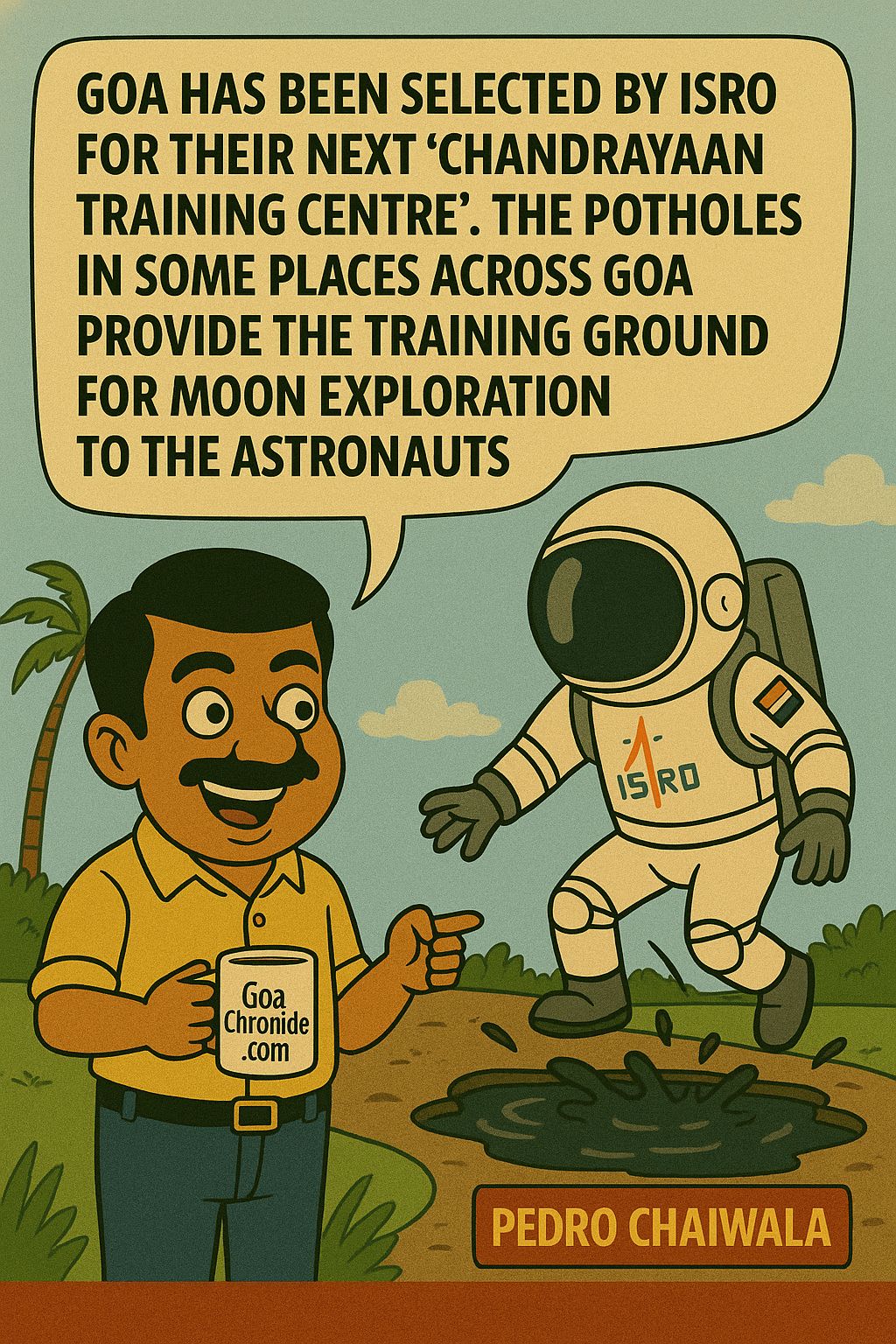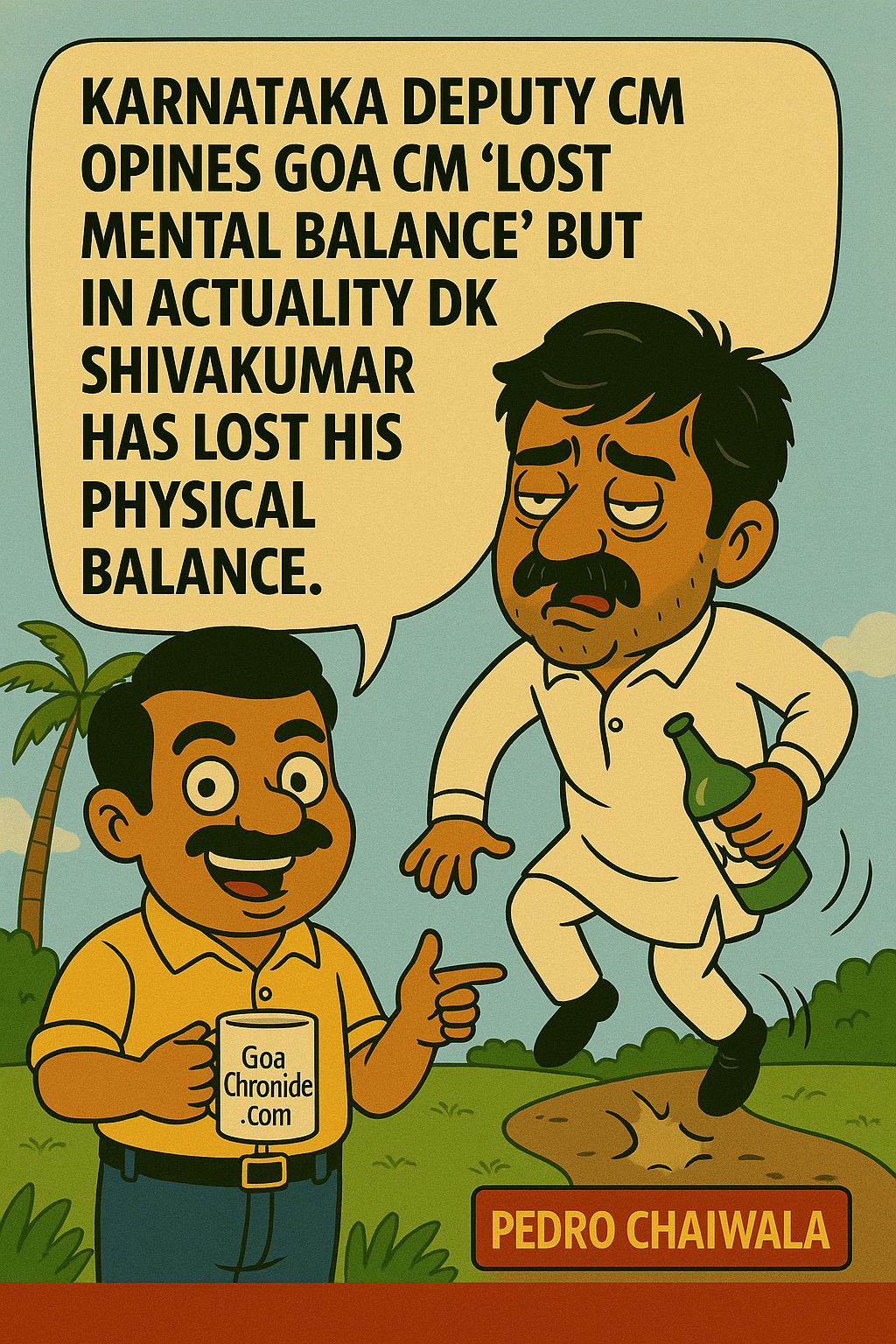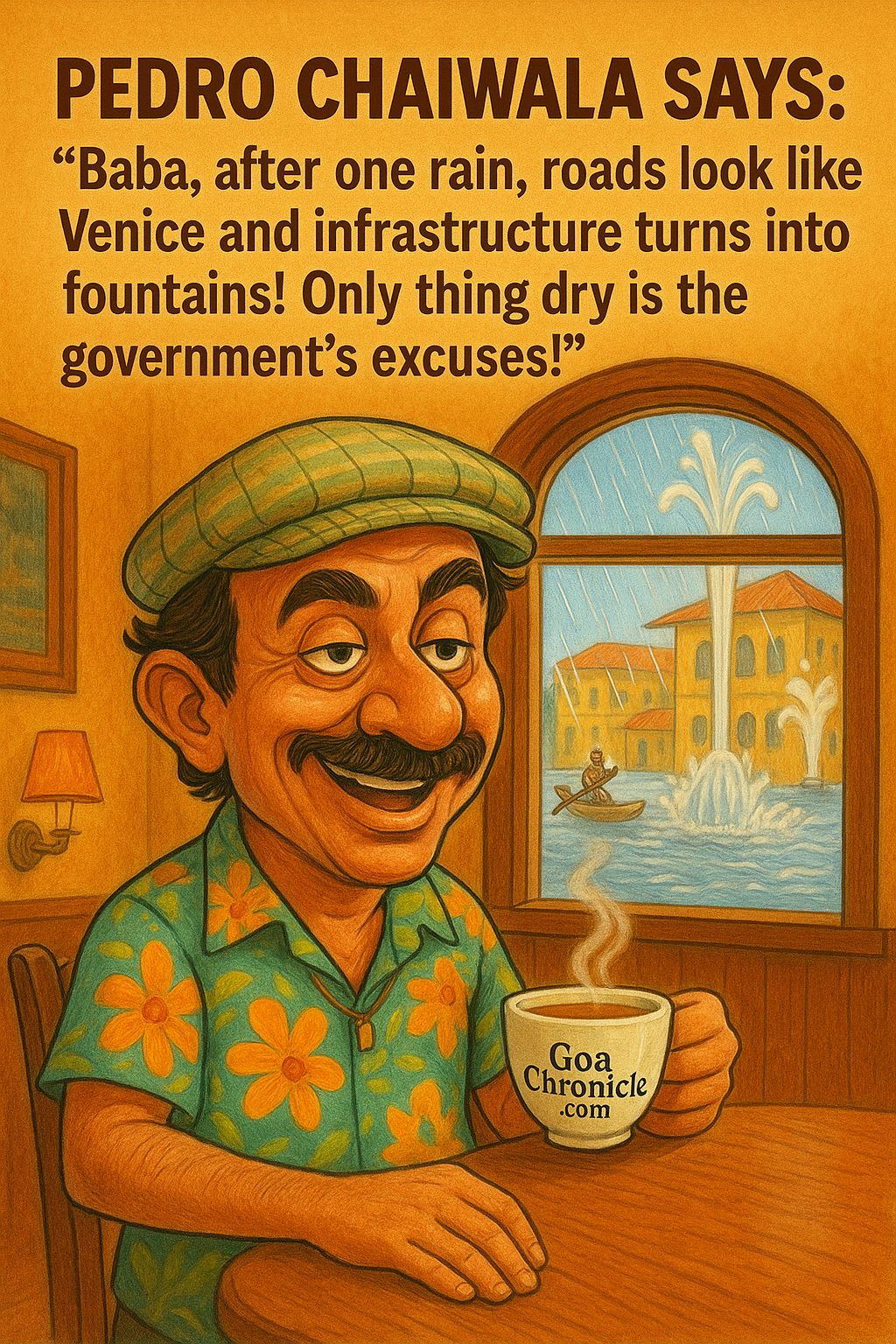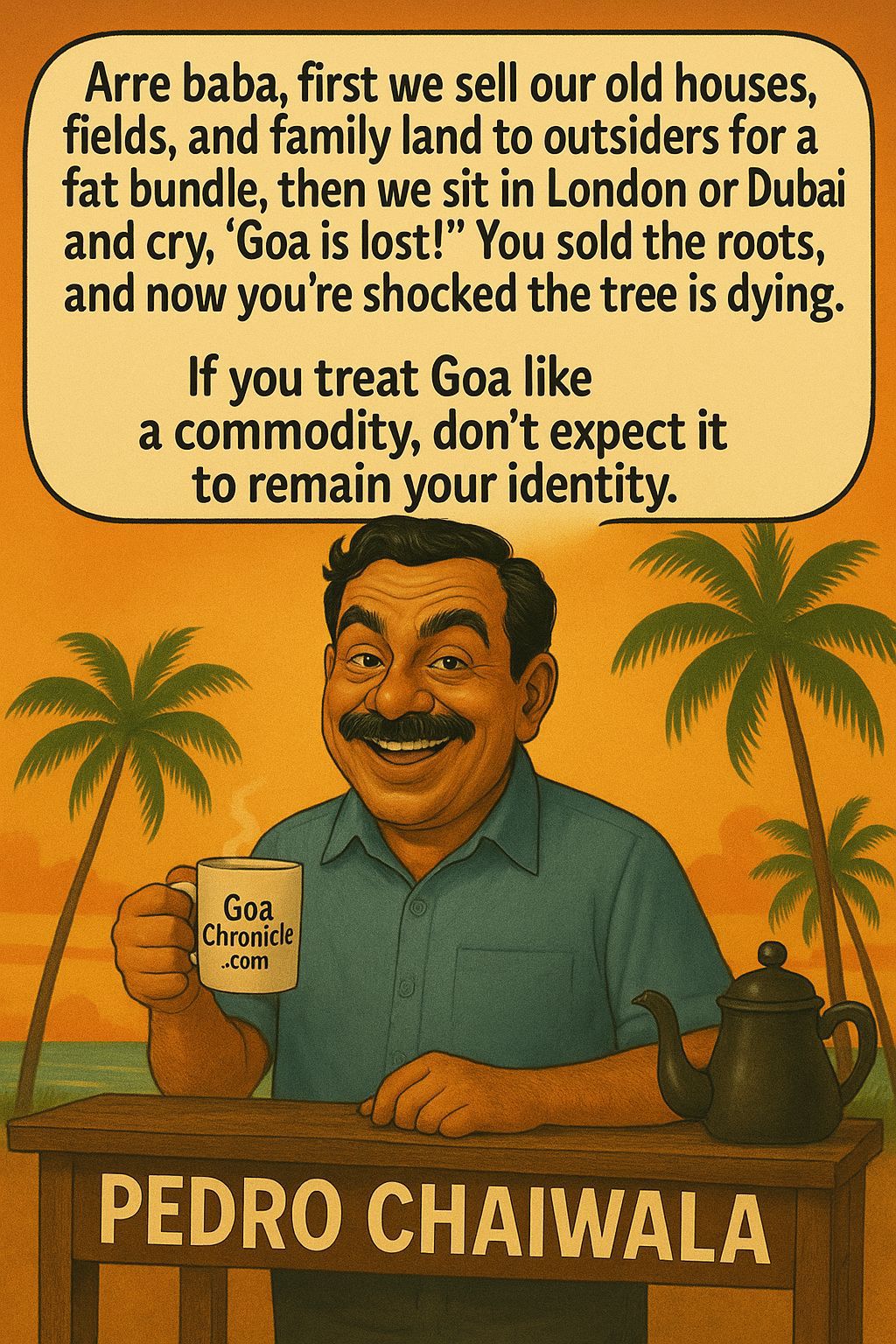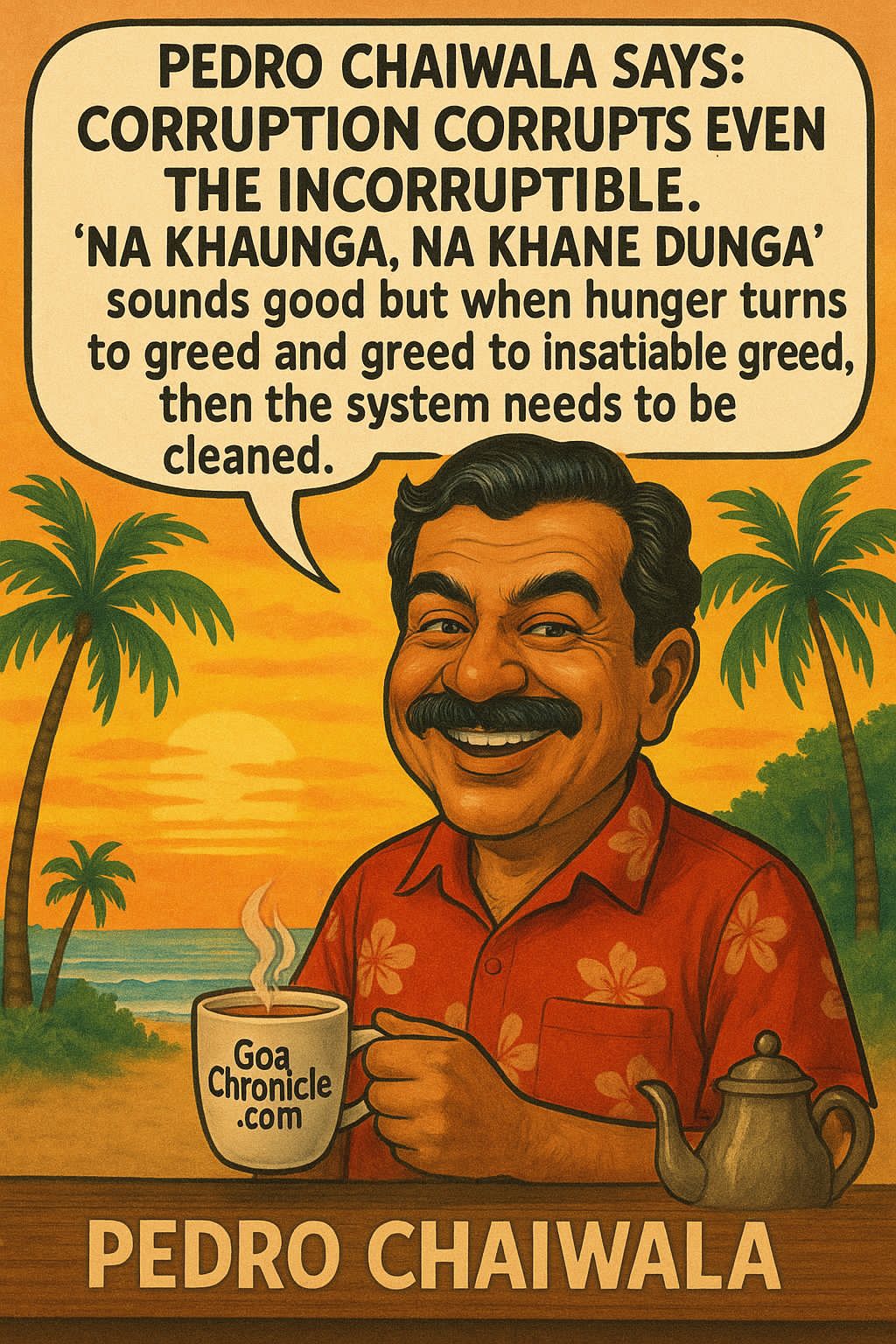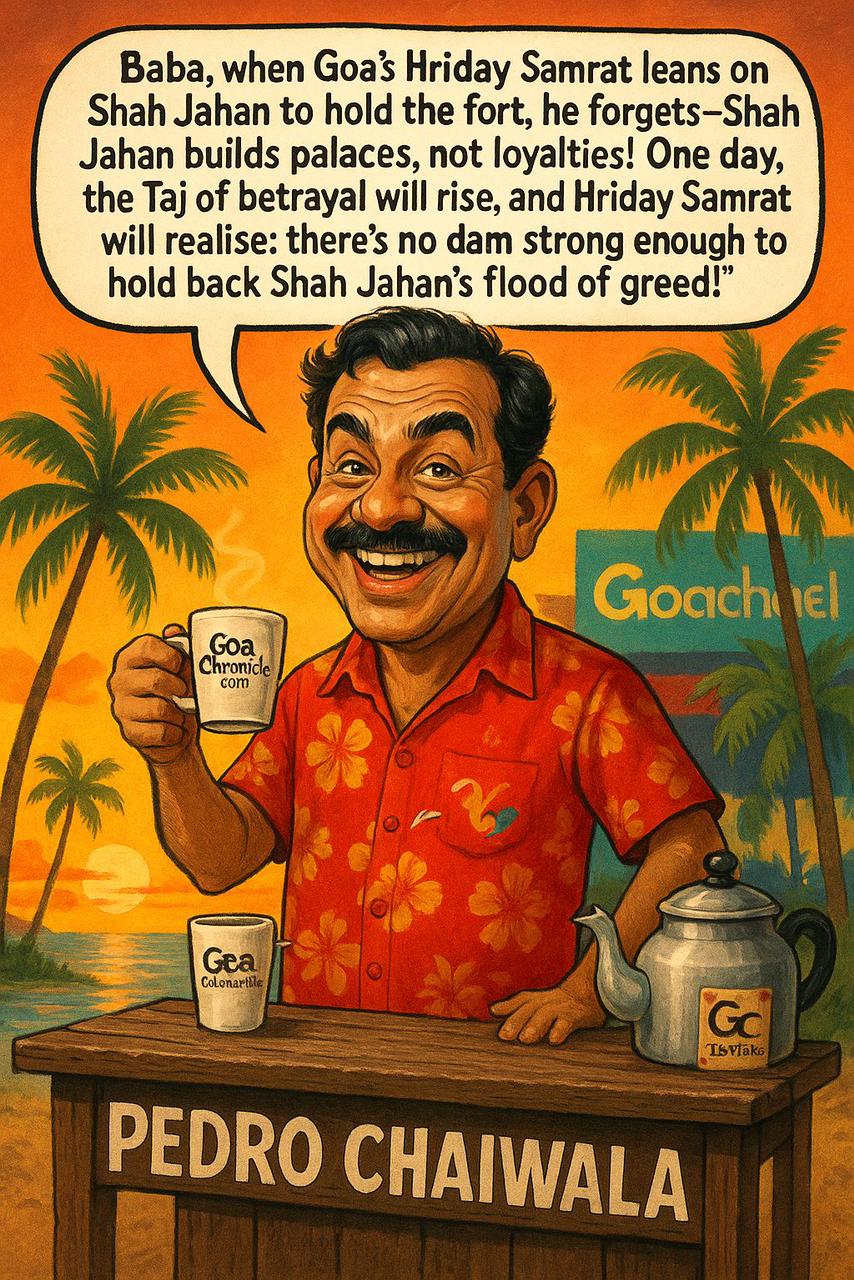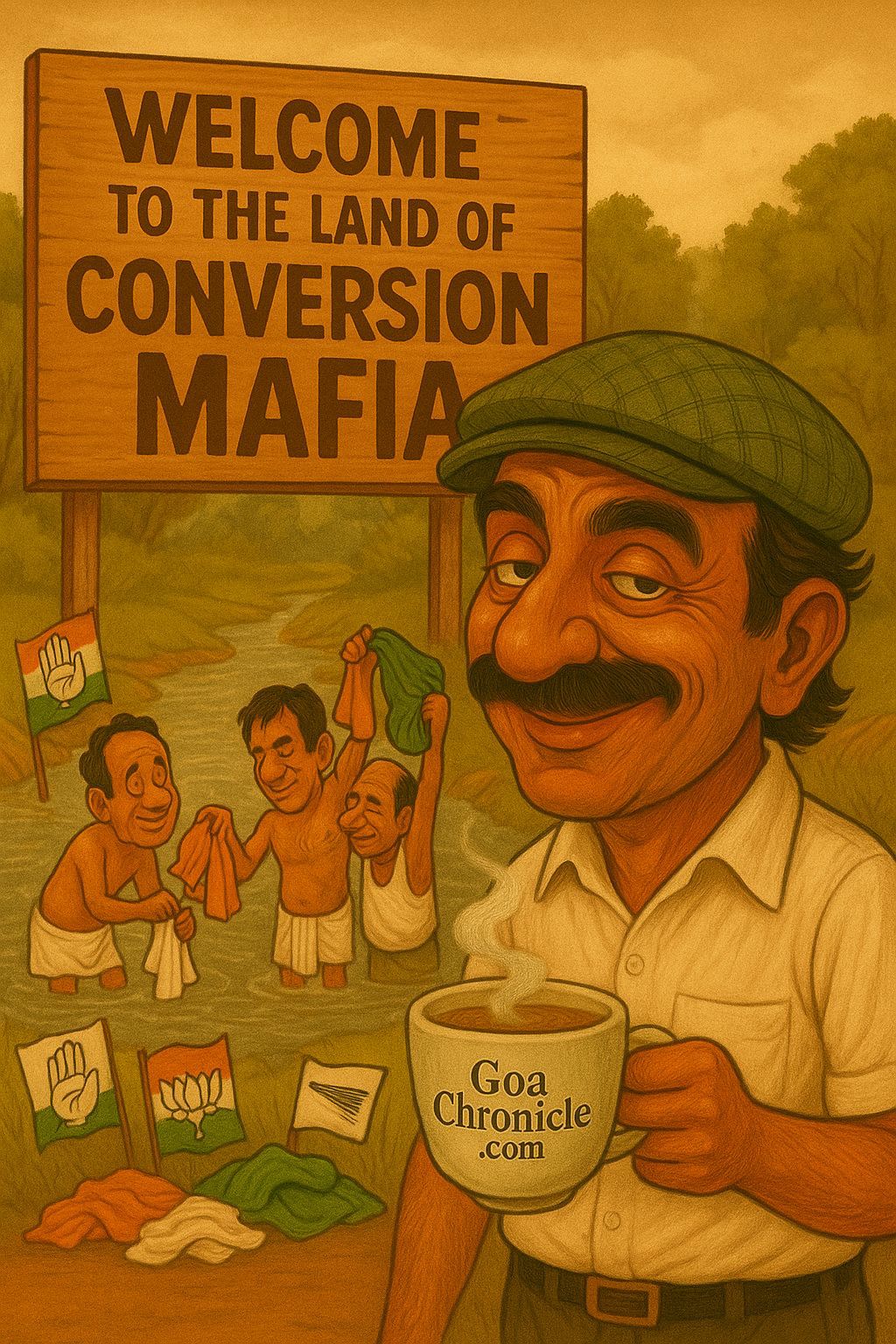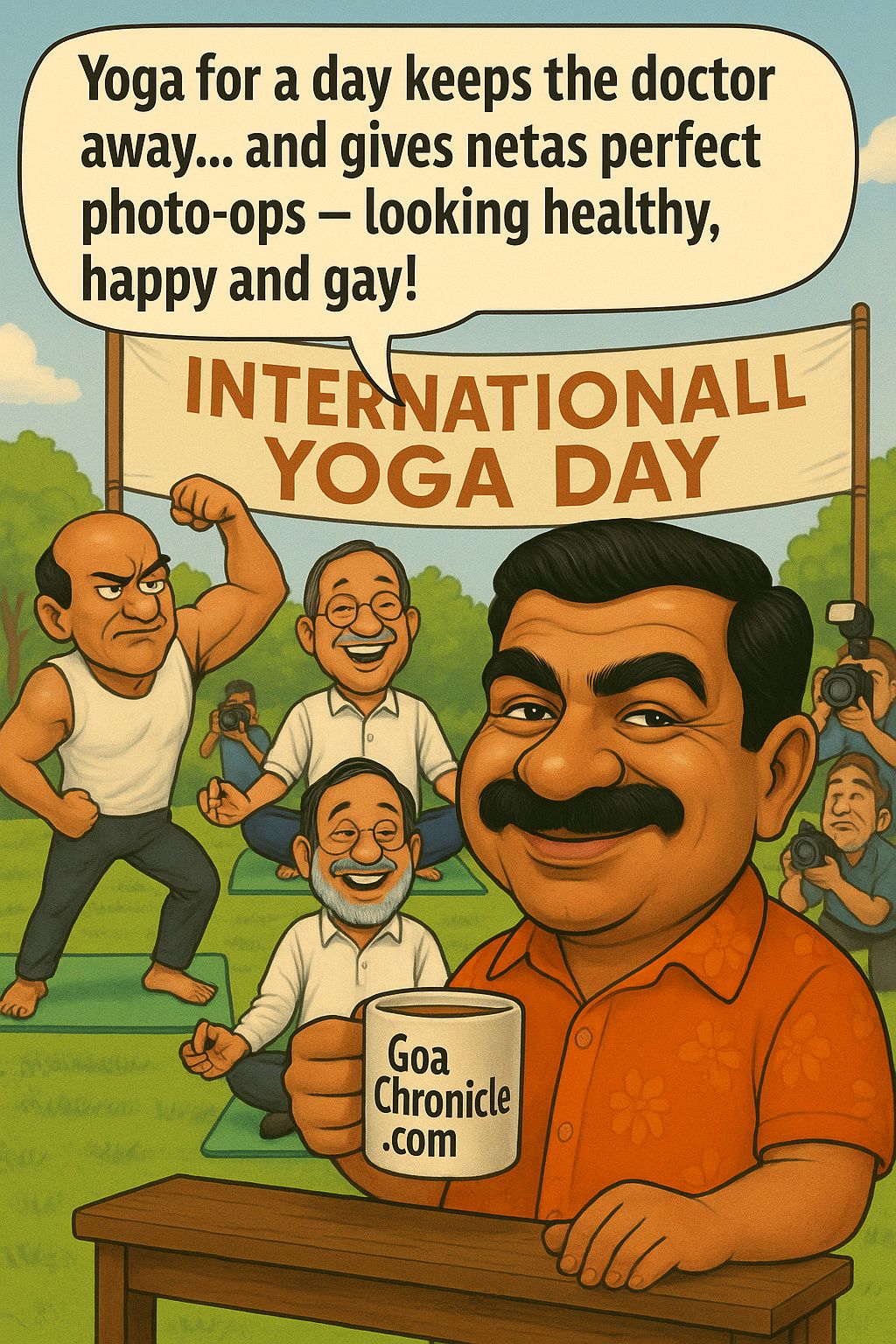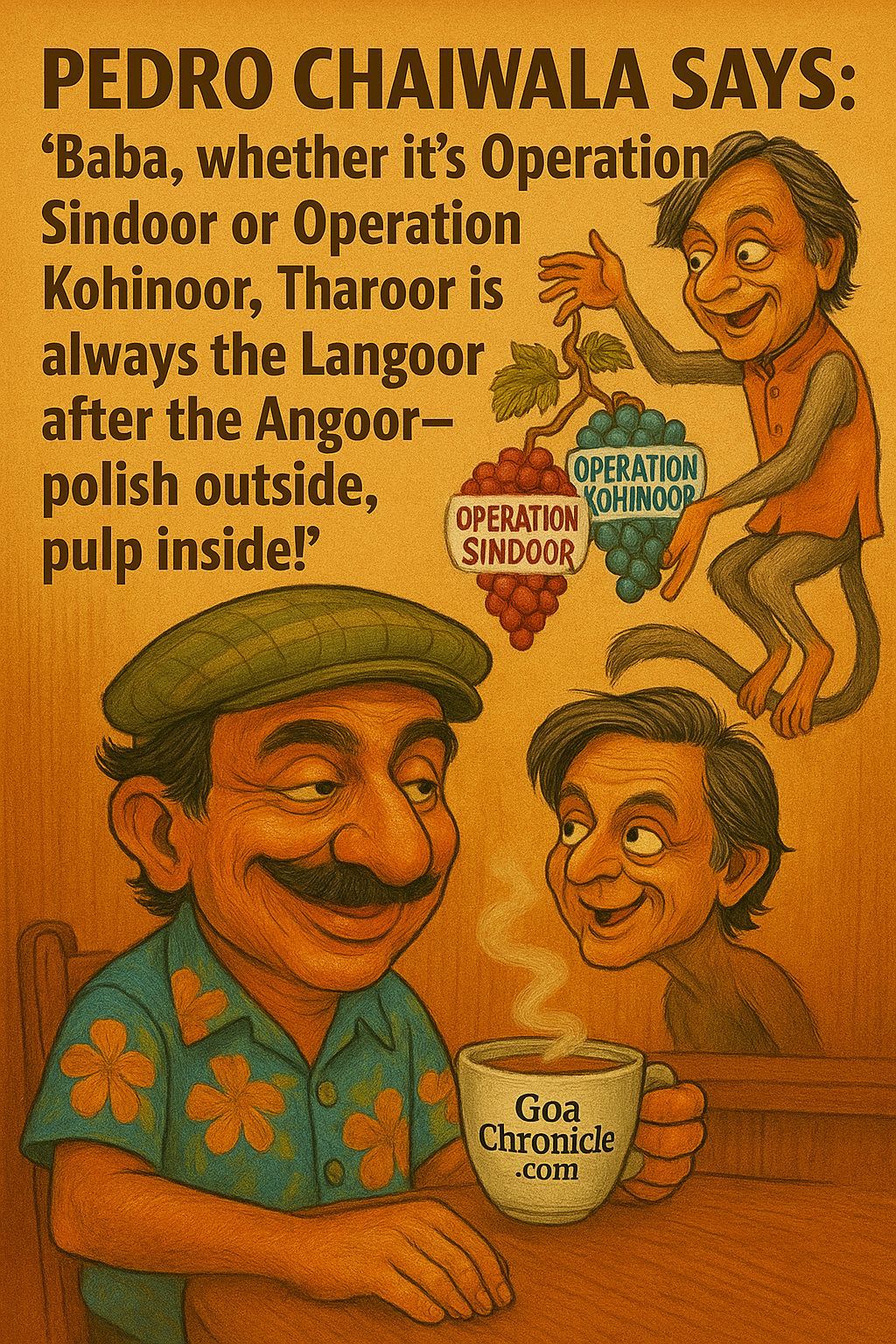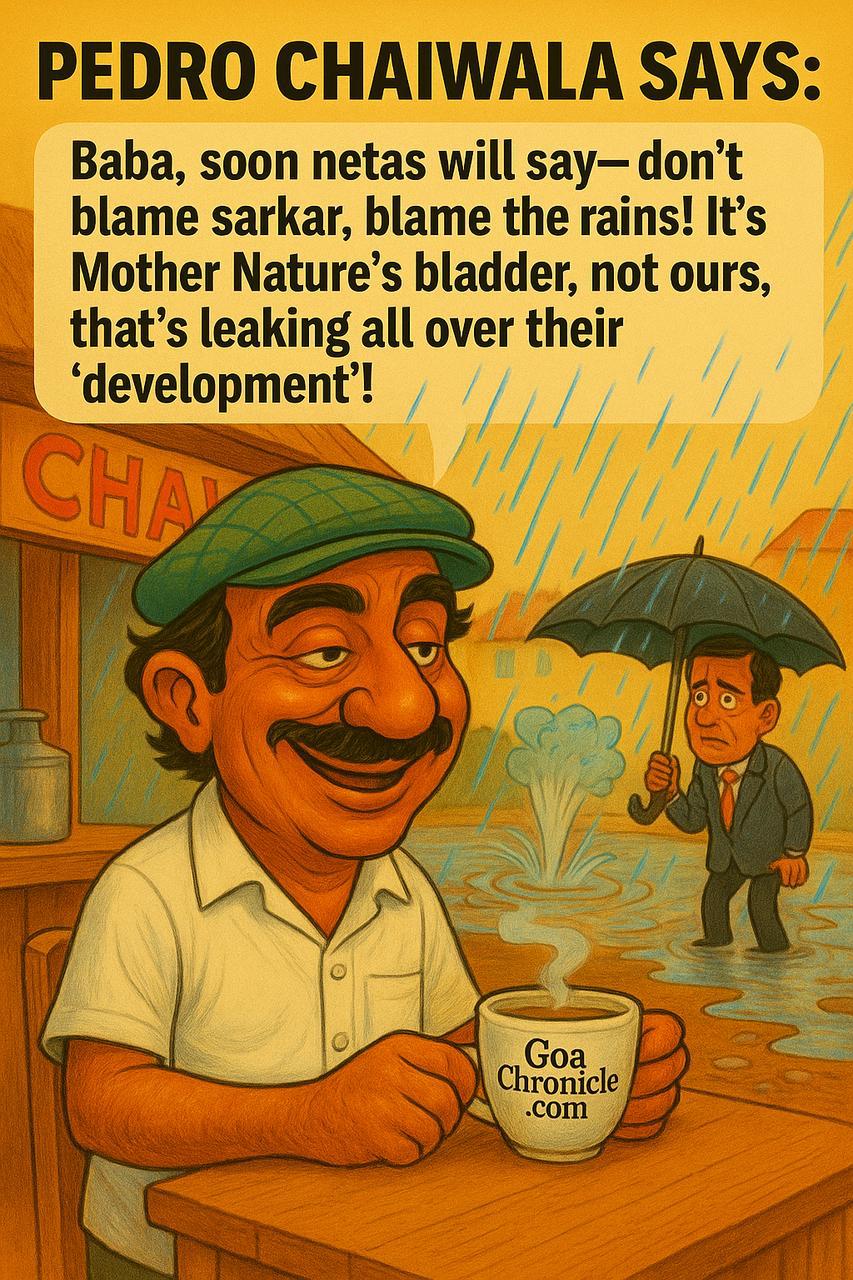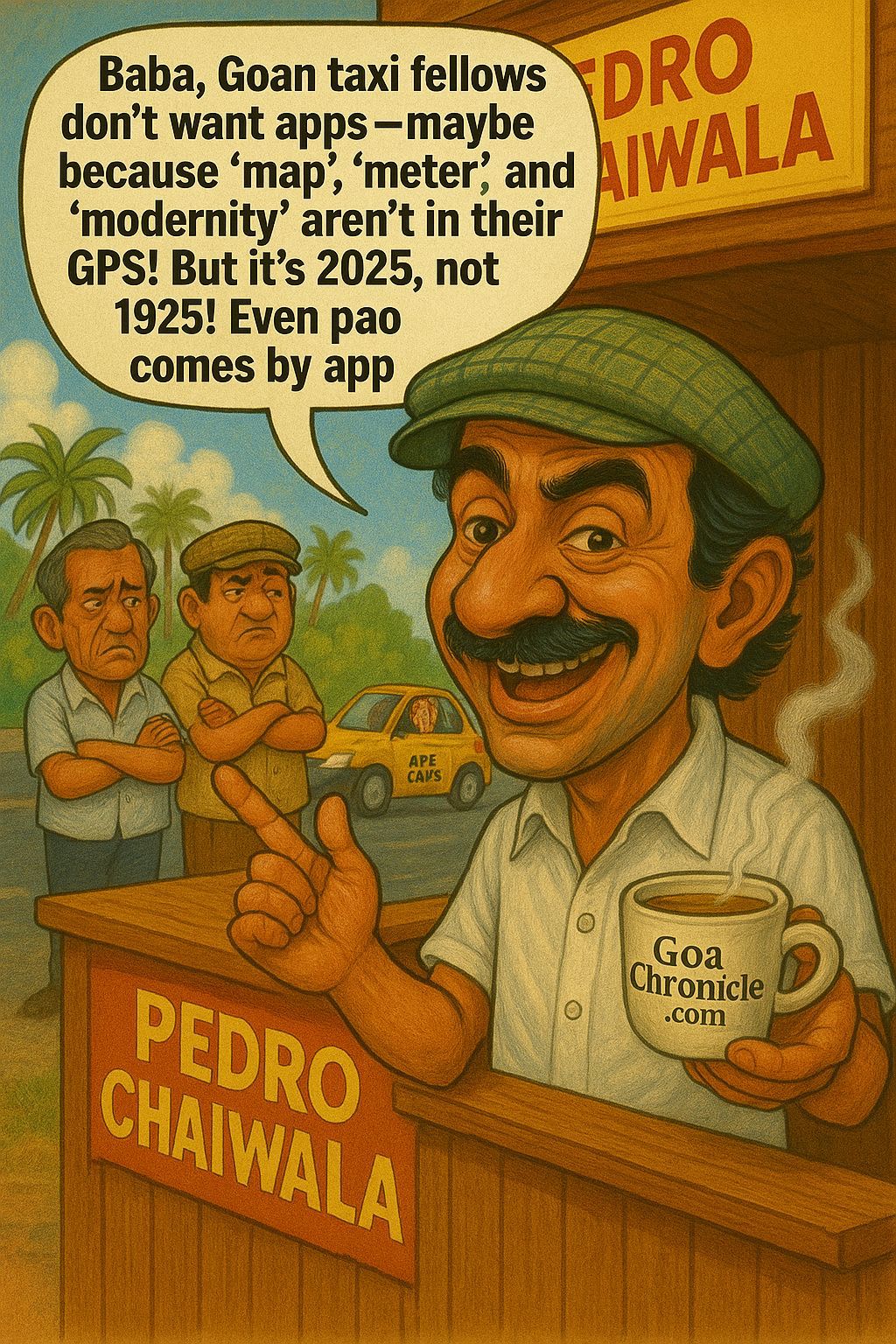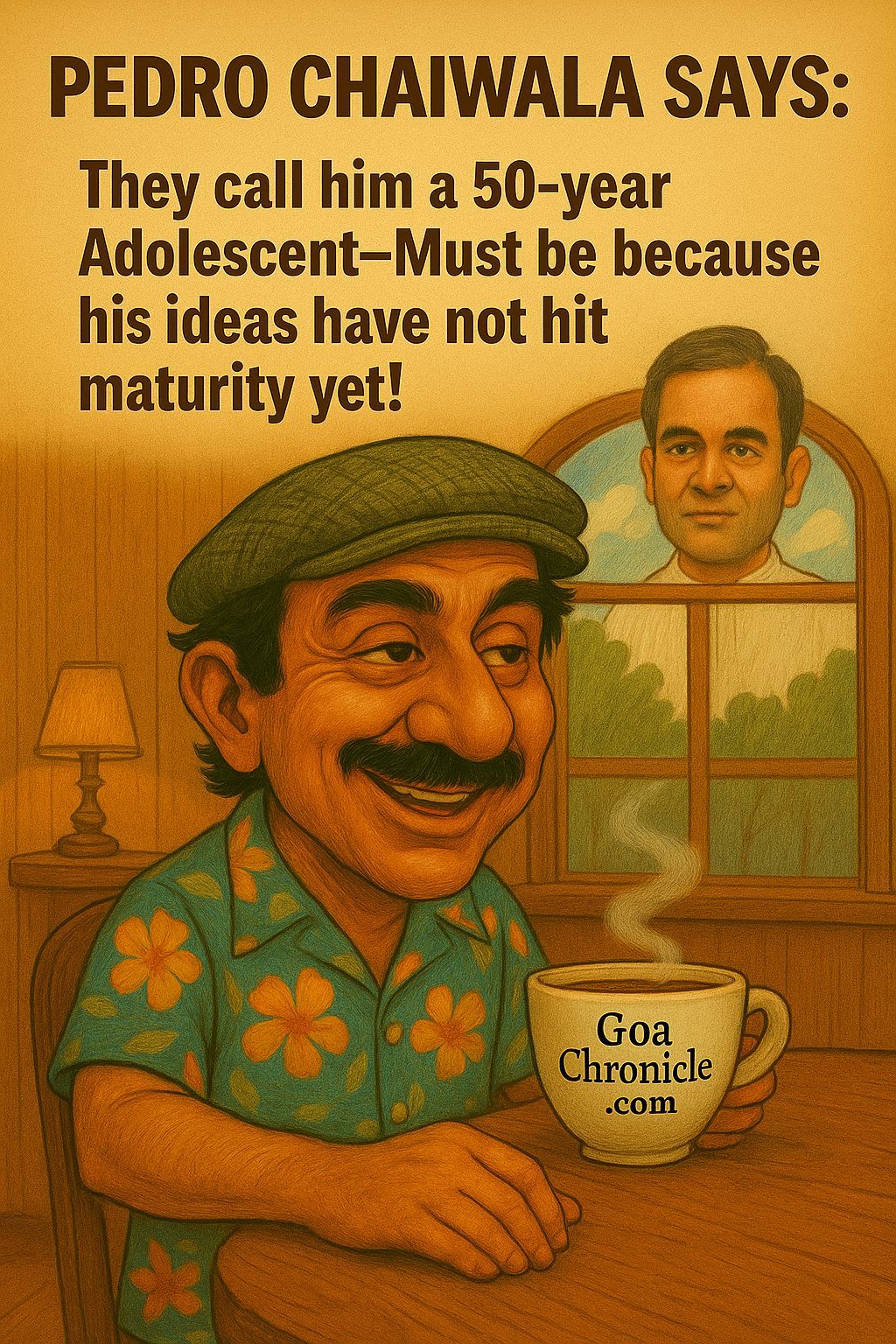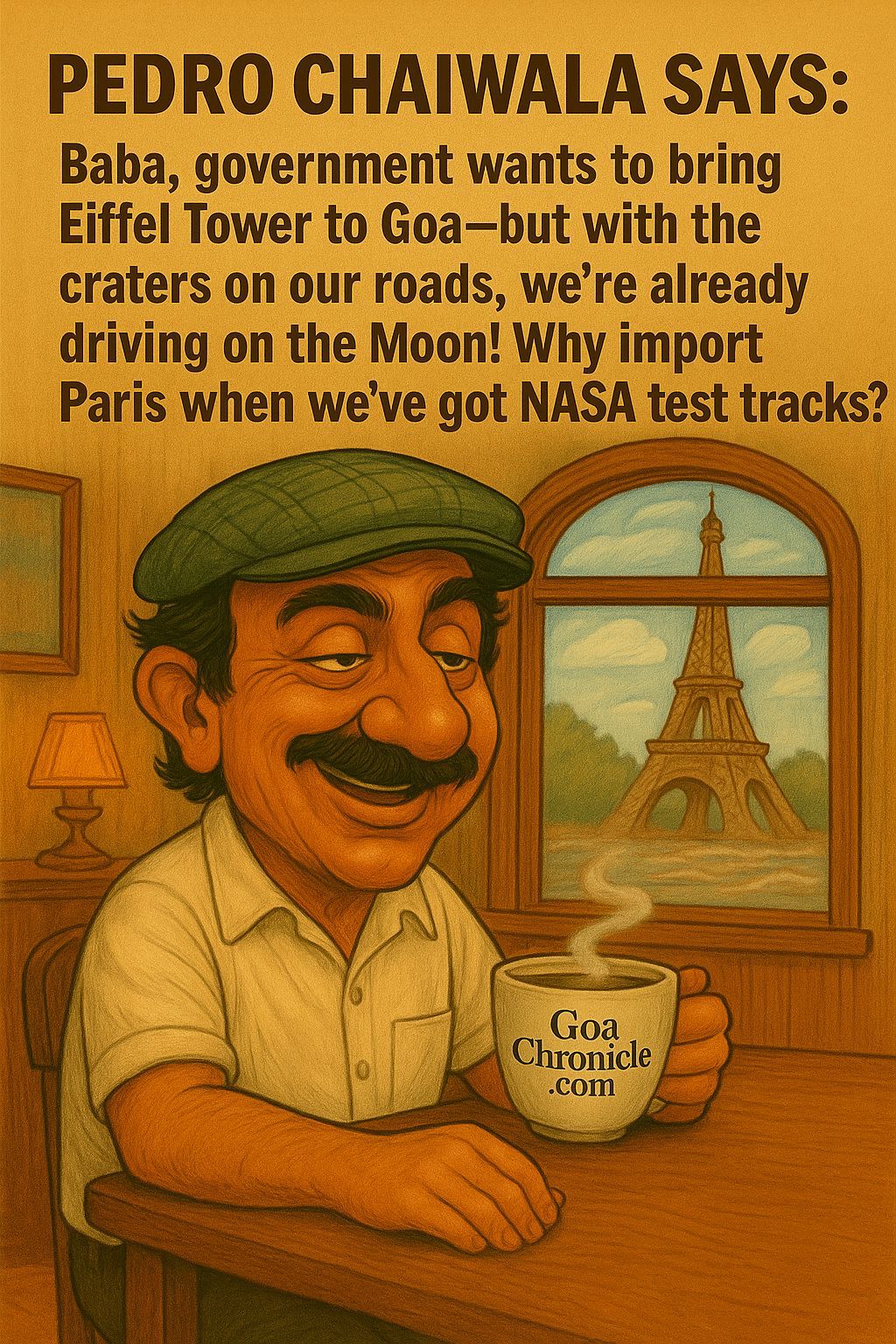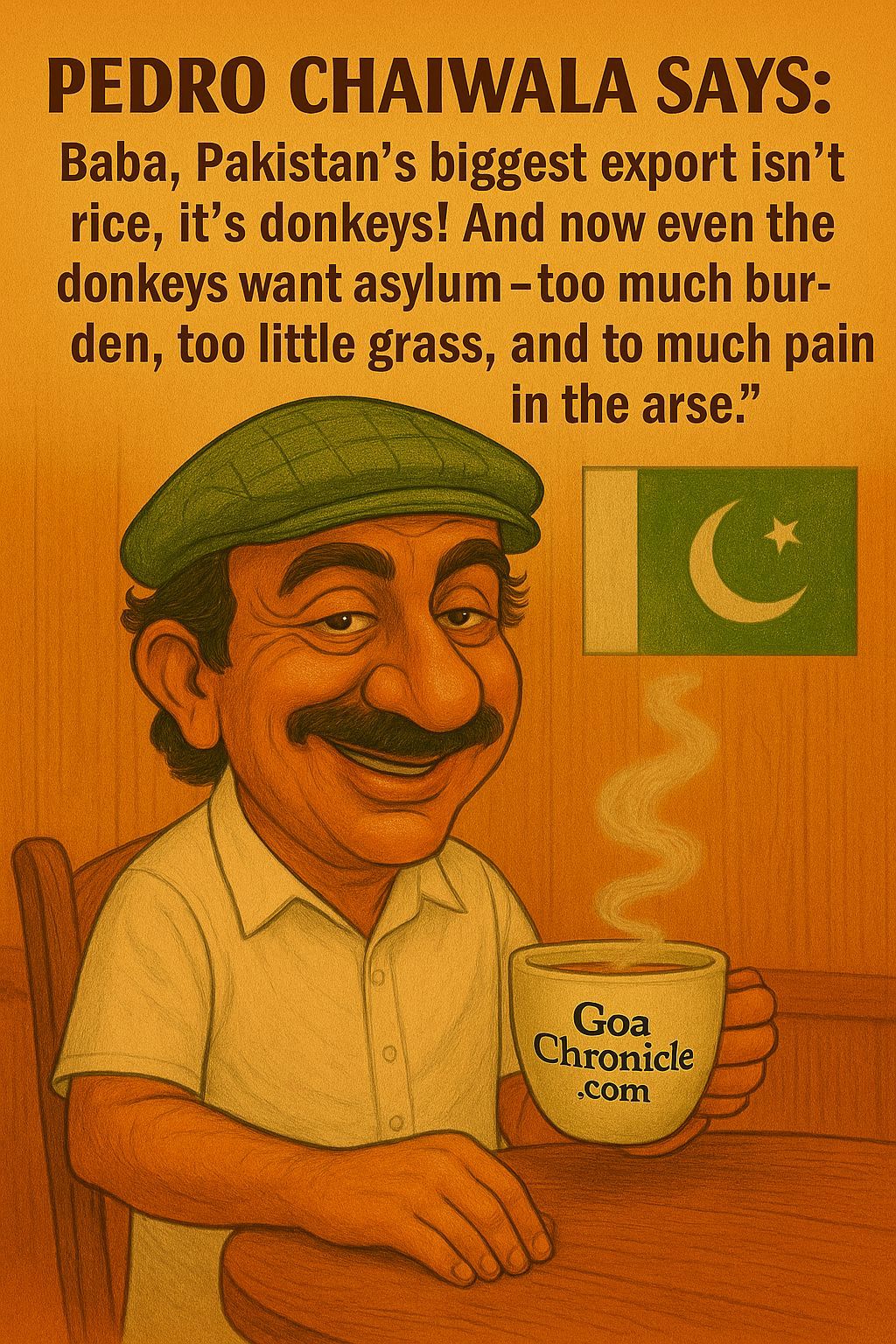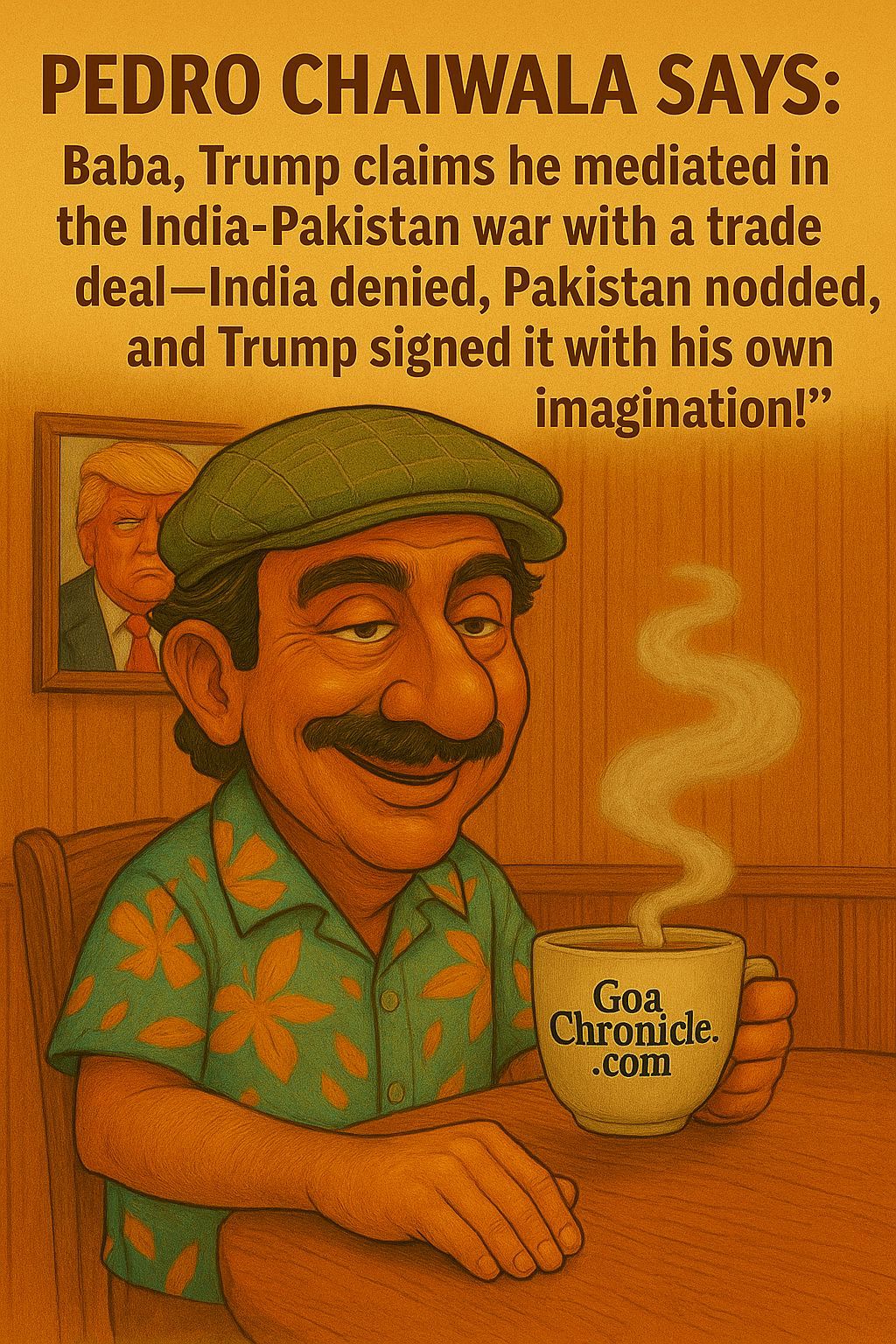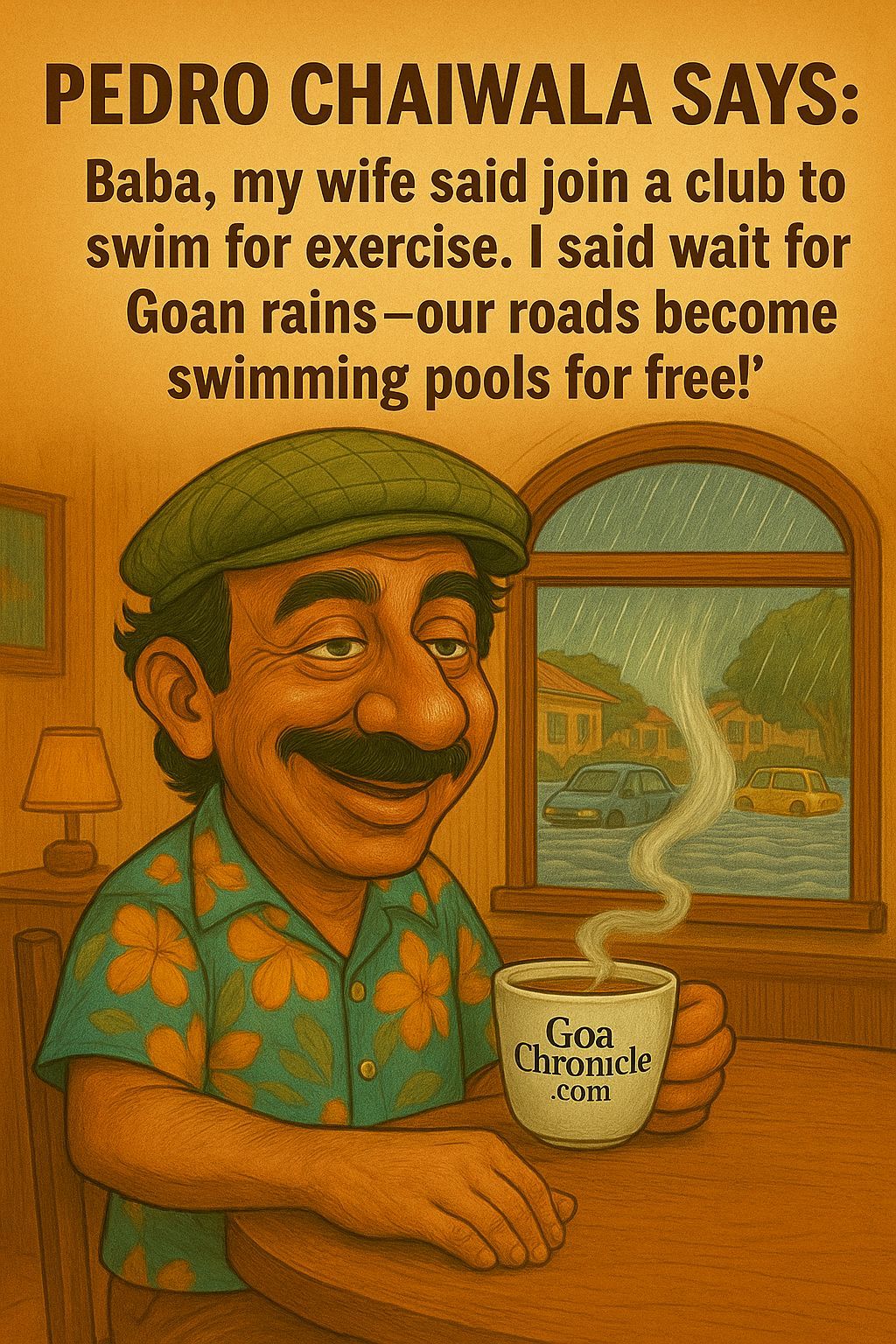The Journey of the Soul: Taqammus and Punarjanma
In a remote Druze household in Suwayda, a grandmother once whispered to her grandson that he was his own uncle reborn. Her certainty wasn’t mystical exaggeration, it was part of their core belief: Taqammus, the migration of souls.
The Druze believe the soul doesn’t die, it sheds its body like a snake sheds its skin and immediately finds a new vessel. This cycle continues until the soul perfects itself.
In Varanasi, India’s spiritual heart, a priest chants from the Bhagavad Gita, “Just as the boyhood, youth and old age come to the embodied soul in this body, so does the acquisition of another body.” This is Punarjanma, the Hindu doctrine of rebirth.
Across continents, both traditions tell us that life is not a line but a circle. That we return, again and again, sculpting our inner clay toward something pure, something whole.
The Unseen Truth: Mysticism over Dogma
The Druze have no mosques. No public sermons. Only a small inner circle called the Uqqāl holds the keys to deeper spiritual truths. To them, worship is not loud, it is lived. Morality is religion. Silence is prayer.
Sanatan Dharma, too, respects the unseen. Behind its colorful festivals and temples lies a river of silence, the Upanishads, the ancient whispers between guru and disciple, far from the din of rituals. “Neti, neti,” they say, not this, not that. The truth is beyond.
Both traditions honour inner knowing over outer noise. They share a sacred suspicion of dogma and an invitation to look within.
One Without a Second: God as Formless Unity
Ask a Druze elder who God is, and she might smile and say, “He is beyond name, beyond knowing.” Their scriptures speak of a formless unity, one that cannot be captured by rituals or reduced to attributes.
So does Advaita Vedanta in Hinduism. “Ekam eva advitiyam,” say the Vedas, there is One without a second. Beneath the dance of deities lies Brahman, the unchanging, formless absolute.
It’s as if the two traditions drink from the same cosmic well, separated only by language.
Live Justly. Renounce Excess.
In the valleys of southern Syria, Druze families live simply. No smoking. No meat. No ostentation. The path is one of ethical discipline, honesty, loyalty, self-control.
In India’s spiritual literature, the seeker is advised to live with Dama (restraint), Shama (peace), and Tyaga (renunciation). The Gita exalts the karma yogi, one who works selflessly and detaches from results.
Both paths ask: Can you live without harming? Can you serve without wanting? Can you walk lightly on the Earth?
A Tradition Closed and a Tradition Open, But Both Eternal
The Druze are a closed community. One is born a Druze; you cannot convert. Their scriptures remain hidden. Yet their philosophy rests on the idea of eternal principles, immutable, cosmic truths.
Sanatan Dharma, though open to seekers of all kinds, is also called “Sanatan”, meaning eternal. It is not bound to one book, one teacher, or even one god. It is a tapestry of thought that stretches through millennia, rooted in timeless truth.
Despite different ways of protecting the sacred, both traditions carry a deep reverence for continuity, for guarding the flame without letting it become ash.
Whispers of a Shared Spirit
What binds a shepherd in the mountains of Lebanon to a priest in the ghats of the Ganges is not ritual but yearning. The yearning to know where we come from. To live rightly. To understand the soul’s journey. To bow before the One behind all forms.
In an age of noise, both the Druze and the Sanatan practitioner remind us of the power of silence, simplicity, and seeking. In an age of boundaries, they remind us that truth doesn’t belong to nations, it belongs to the heart.
In Closing
Perhaps the great truths are not scattered, but buried deep within the soul of every tradition, waiting for someone to dig with humility and find the common gold beneath.
The Druze call it Haqq. Sanatan Dharma calls it Satya. But both point to the same shining truth.
In a divided world, such resonances are not just philosophical, they are essential. They remind us that we are not so different after all.
If this story has stirred something within, remember: some truths are not taught but remembered, echoes from lives we might have lived, in lands we may not have known, yet still feel oddly like home.
It was Kirti Misra who, after going through the article on Druze of Suwayda, published under https://goachronicle.com/the-mountain-does-not-kneel-the-druze-of-suwayda-in-post-assad-syria/ , first pointed out the deep resonances between the Druze philosophy and Sanatan Dharma. Her insight sparked the reflections that eventually shaped this article. I gratefully acknowledge her thoughtful observation.






